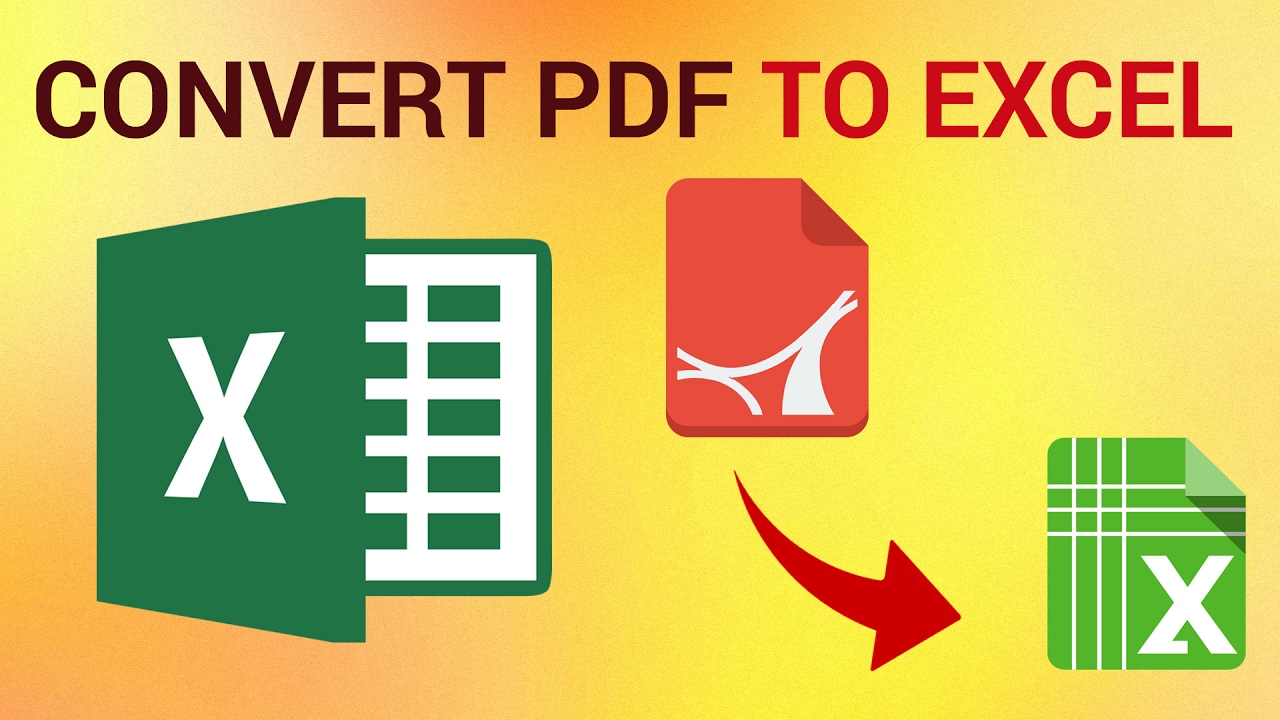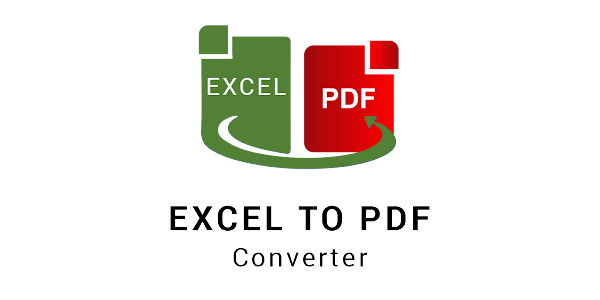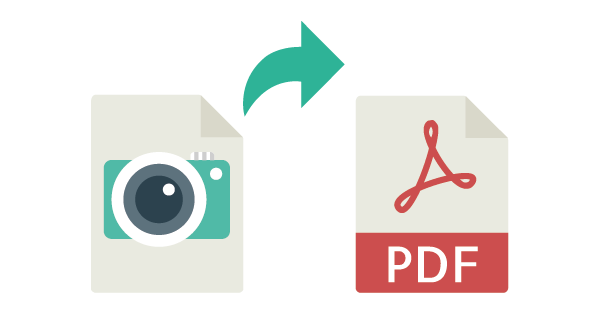
Compress PDF | Reduce File Size Without Losing Quality (Online - Free)
Compress PDF
PDF files often become too large — especially when they contain images, graphics, scanned pages, or high-resolution elements. Large PDFs are difficult to email, upload, store, or share, especially when platforms have strict file size limits.
Thankfully, you can compress your PDF quickly and easily using a professional online tool — without losing quality.
This guide explains everything you need to know about PDF compression, including how it works, best methods, recommended compression levels, and how to reduce file size instantly using a free online tool.
👉 Use the Compress PDF tool here: Compress PDF Online
What Does “Compress PDF” Mean?
Compressing a PDF means reducing the file size by optimizing:
-
Images
-
Fonts
-
Metadata
-
Layout structure
-
Embedded objects
-
Unnecessary data
The result is a much smaller PDF that still maintains excellent readability.
Why Do PDFs Become Too Large?
PDF size increases because of:
1. High-resolution images
Scanned pages and pictures often use:
-
300–600 DPI
-
Full-size color
-
Uncompressed JPEG or PNG formats
2. Scanned documents
Scanners produce image-based PDFs that are HUGE.
3. Embedded fonts
Some PDFs include:
-
Multiple fonts
-
Font families
-
Vector graphics
4. High-quality graphics
Professional designs, brochures, and posters often contain large elements.
5. Metadata and unused content
Old revisions, hidden layers, and unused objects increase size.
The Easiest Way — Compress PDF Online (Recommended)
Using an online PDF compressor is the fastest and most reliable way to reduce file size.
Your Compress PDF Tool offers:
🔥 Key Features:
-
Reduce PDF size up to 90%
-
Three compression levels (Strong, Medium, Light)
-
Preserve high readability
-
Works on scanned and image-heavy PDFs
-
No watermarks
-
No installation
-
Mobile-friendly
-
Secure auto-deletion
How to Compress a PDF (Step-by-Step)
Step 1 — Open the Compress PDF Tool
Step 2 — Upload Your PDF
Drag and drop your file or select it manually.
Large files (up to hundreds of MB) are supported.
Step 3 — Choose Compression Level
🔹 Light Compression
-
Minimal reduction
-
Best for documents that must keep full quality
🔹 Medium Compression
-
Balanced size + quality
-
Recommended for most PDFs
🔹 Strong Compression
-
Maximum size reduction
-
Ideal for emails and uploads
-
May slightly reduce image resolution
Step 4 — Click “Compress”
The tool optimizes:
-
Images
-
Fonts
-
Structure
-
Hidden data
Step 5 — Download Your Smaller PDF
You will get:
-
A much smaller file
-
High readable quality
-
Instantly downloadable output
How PDF Compression Works (Simple Explanation)
PDF compression uses:
1. Image Optimization
-
Adjusts DPI
-
Converts images to WebP/JPEG
-
Removes unnecessary data
2. Font Optimization
-
Removes unused characters
-
Simplifies font embedding
3. Structure Cleanup
-
Removes hidden layers
-
Deletes metadata
-
Optimizes vector data
4. Mixed Content Compression
Perfect for multi-page documents with text + images.
When Should You Compress a PDF?
Use a PDF compressor when:
✔ Uploading a file online
Most platforms limit uploads:
-
Government websites
-
School portals
-
Job applications
✔ Sending PDFs by email
Email providers often block attachments over 20–30MB.
✔ Sharing PDFs on WhatsApp or Messenger
Messaging apps compress files automatically — badly.
Use a proper compressor instead.
✔ Archiving or storing many PDFs
Smaller files save space.
✔ Converting scanned pages
Scanned PDF files are extremely large.
✔ Preparing documents for mobile viewing
Smaller PDFs load faster on phones.
Recommended Compression Levels
| Use Case | Recommended Level | Notes |
|---|---|---|
| Office documents | Medium | Perfect clarity |
| Scanned PDFs | Strong | Reduces massive size |
| Photography PDFs | Light | Preserve detail |
| Invoices/Receipts | Strong | Still readable |
| Multi-page reports | Medium | Balanced |
| Legal documents | Light/Medium | Maintain text quality |
Common Mistakes When Compressing PDFs
❌ Mistake 1 — Over-compressing
Very strong compression may blur text in image-heavy PDFs.
❌ Mistake 2 — Compressing an already compressed file
Use Light mode for previously optimized files.
❌ Mistake 3 — Using low-quality mobile apps
Many apps add:
-
Watermarks
-
Ads
-
Poor-quality compression
❌ Mistake 4 — Not checking the file after compression
Always preview the output to ensure readability.
FAQ — Compress PDF
Q1: Does compression reduce text quality?
No — only images might be slightly affected depending on compression level.
Q2: Can I compress scanned PDFs?
Yes — the tool is optimized for large scanned documents.
Q3: Is the PDF compressor safe?
Yes — files are encrypted and auto-deleted.
Q4: Does it work on mobile?
Absolutely — full mobile compatibility.
Q5: Can I compress very large PDFs?
Yes — even files over 100MB are supported.
Conclusion
Compressing your PDF is essential for easy sharing, faster uploading, and saving storage space — especially for scanned or image-heavy documents.
Using a free online Compress PDF tool, you can reduce your file size by up to 90% without affecting readability.
👉 Use the compressor now: Compress PDF Online
Fast, secure, and perfect for everyday use or professional workflows.


